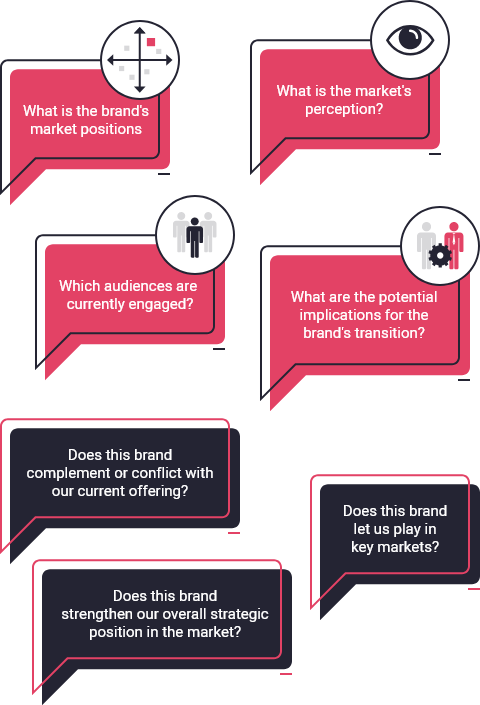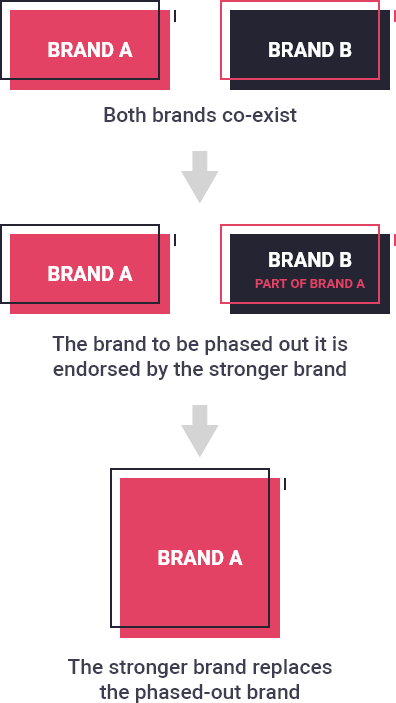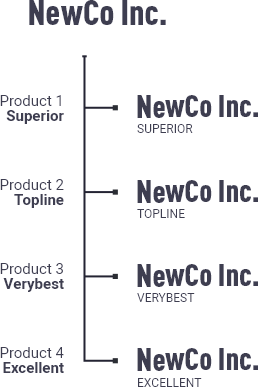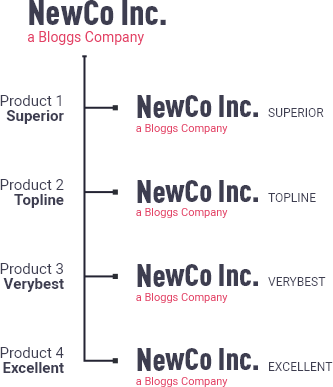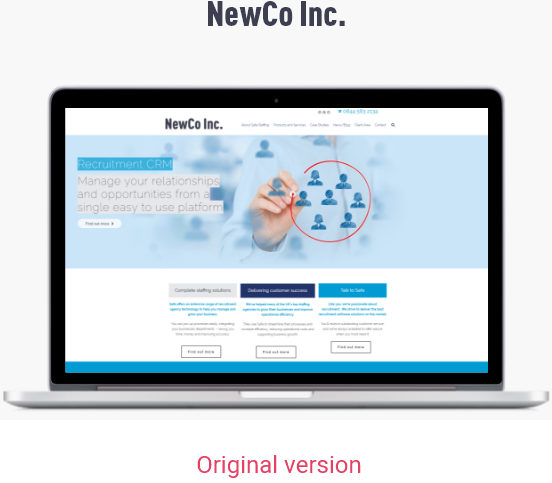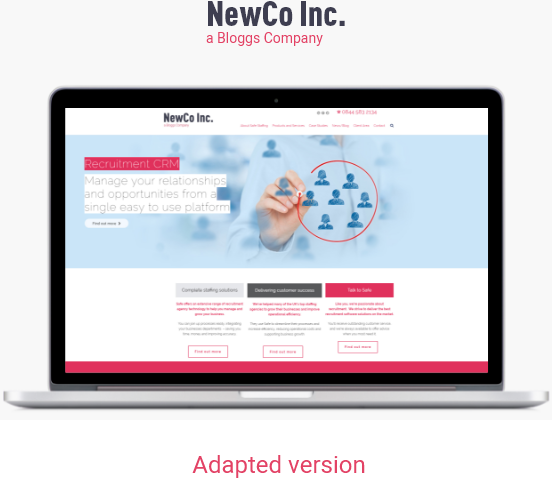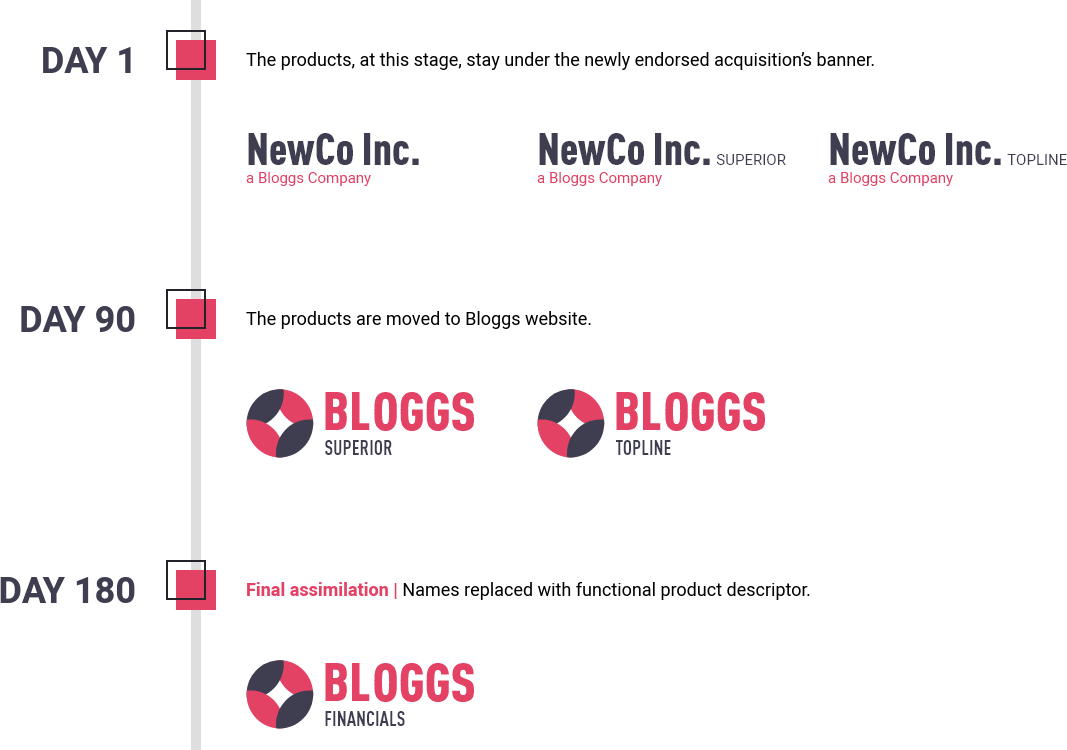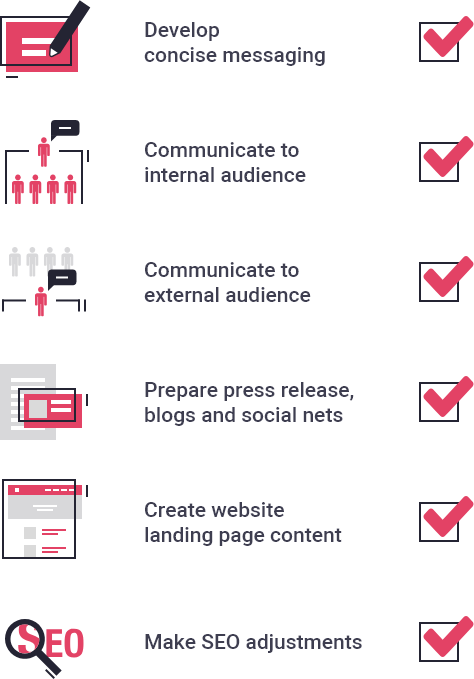Brands acquired via a trade purchase must be incorporated via a brand architecture in a way that does not disrupt existing relationships between different levels. In relatively flat structures this is a straightforward process and means that decisions on naming and timescale can be made prior to finalising the purchase.
Points of order in the assimilation process are as follows:
- Decide which brands have value eg. acquired company’s
corporate brand vs acquired company’s product brands - Decide whether to keep the existing name or create a new one
- After assessment of the newly acquired brand’s equity decide on the length of the transition period. How long for a brand
endorsement period prior to fully incorporating the business or product - Communicate planned changes with the acquisition’s existing
customer base, employees and your own staff with strong, clear
and benefit-led messaging - Incorporate the newly acquired brand into the new naming
convention for your sub-brands and products - Conduct an early modification of the acquisition’s existing
website and sales support materials, by applying the new logo,
apply some of your brand’s look and feel and corporate
colourways etc. - Run workshops with sales groups
- Run cross-sell messaging between your website and the
acquisition’s site - Give communications the same look and feel including marketing
to prospects and customers to avoid any confusion - Complete the full incorporation of the acquisition’s web presence
by bringing it onto your main site




